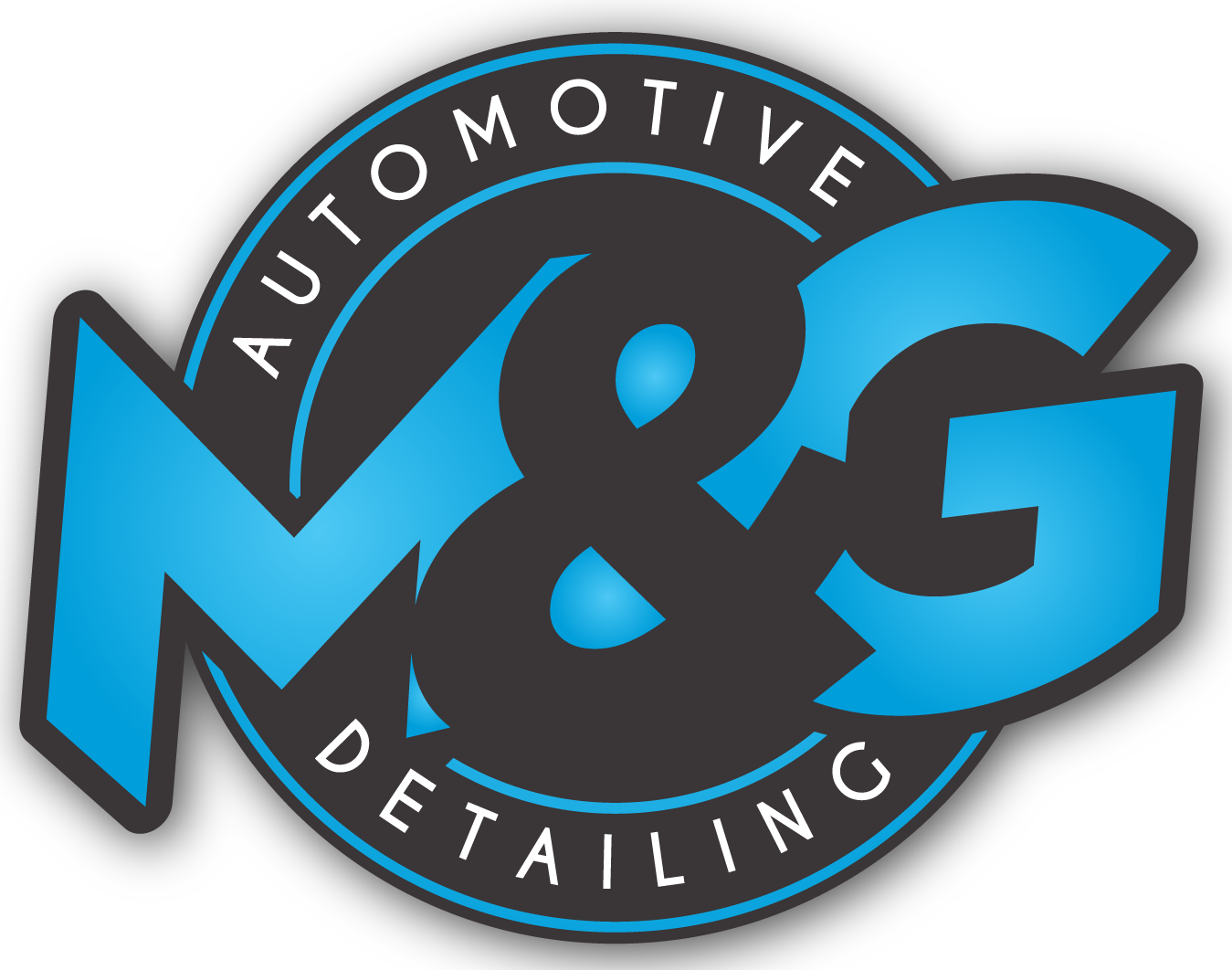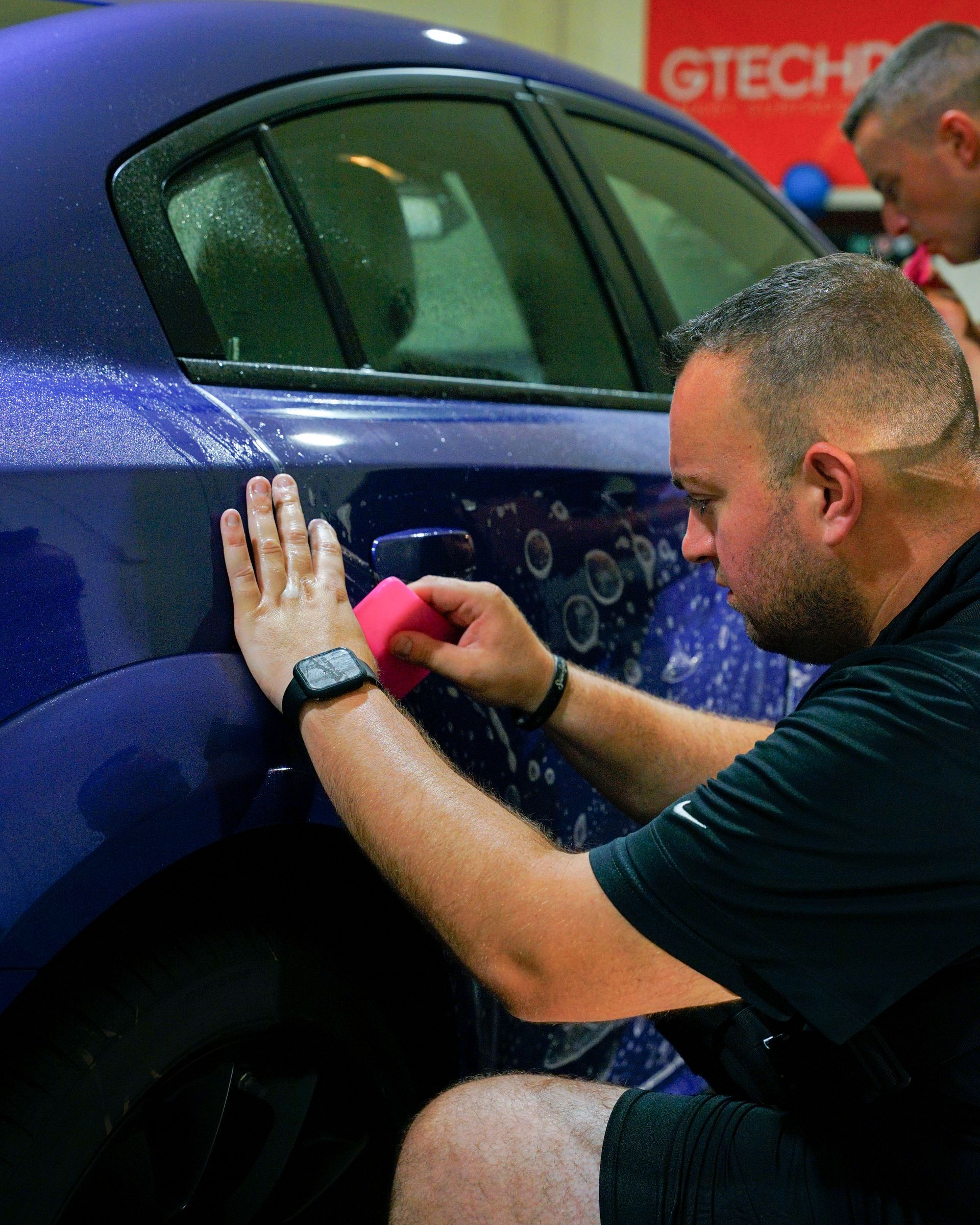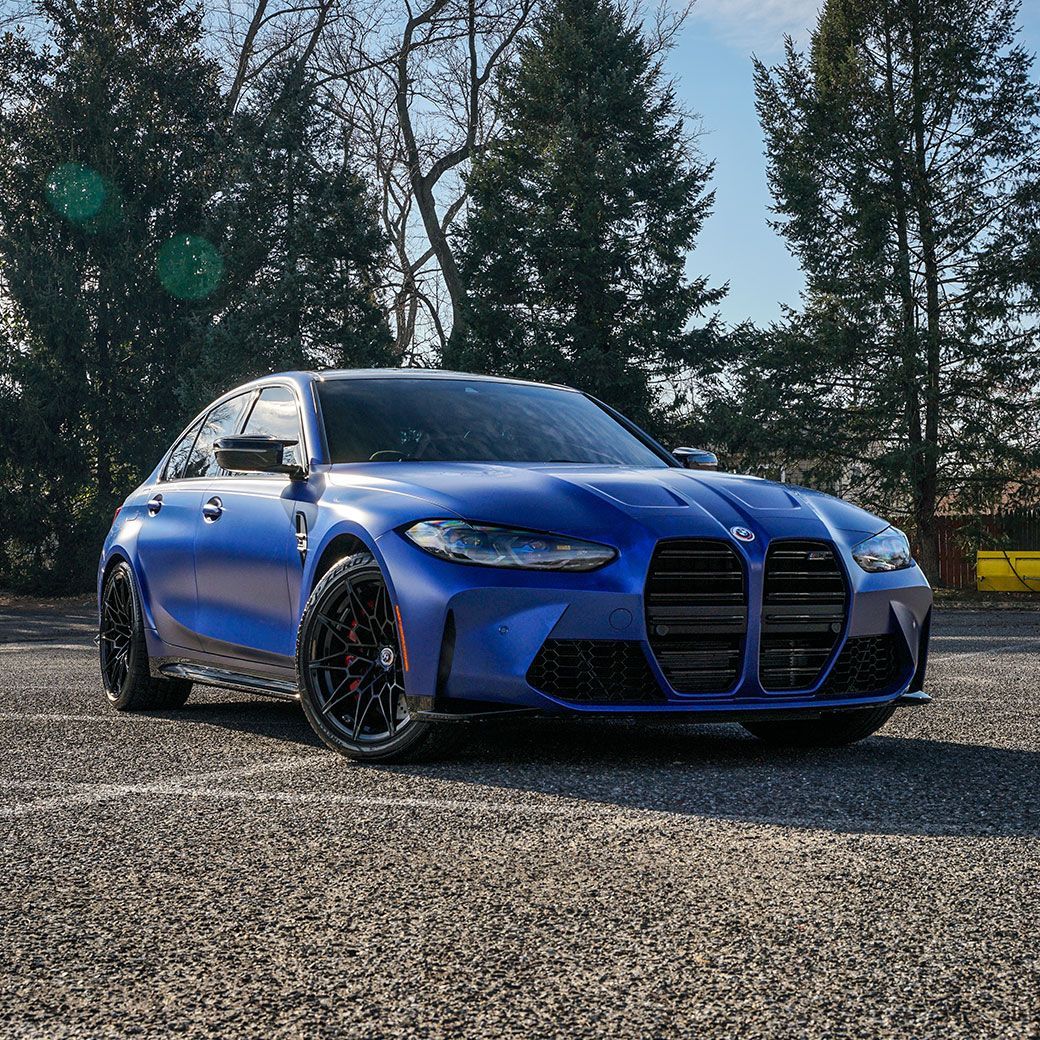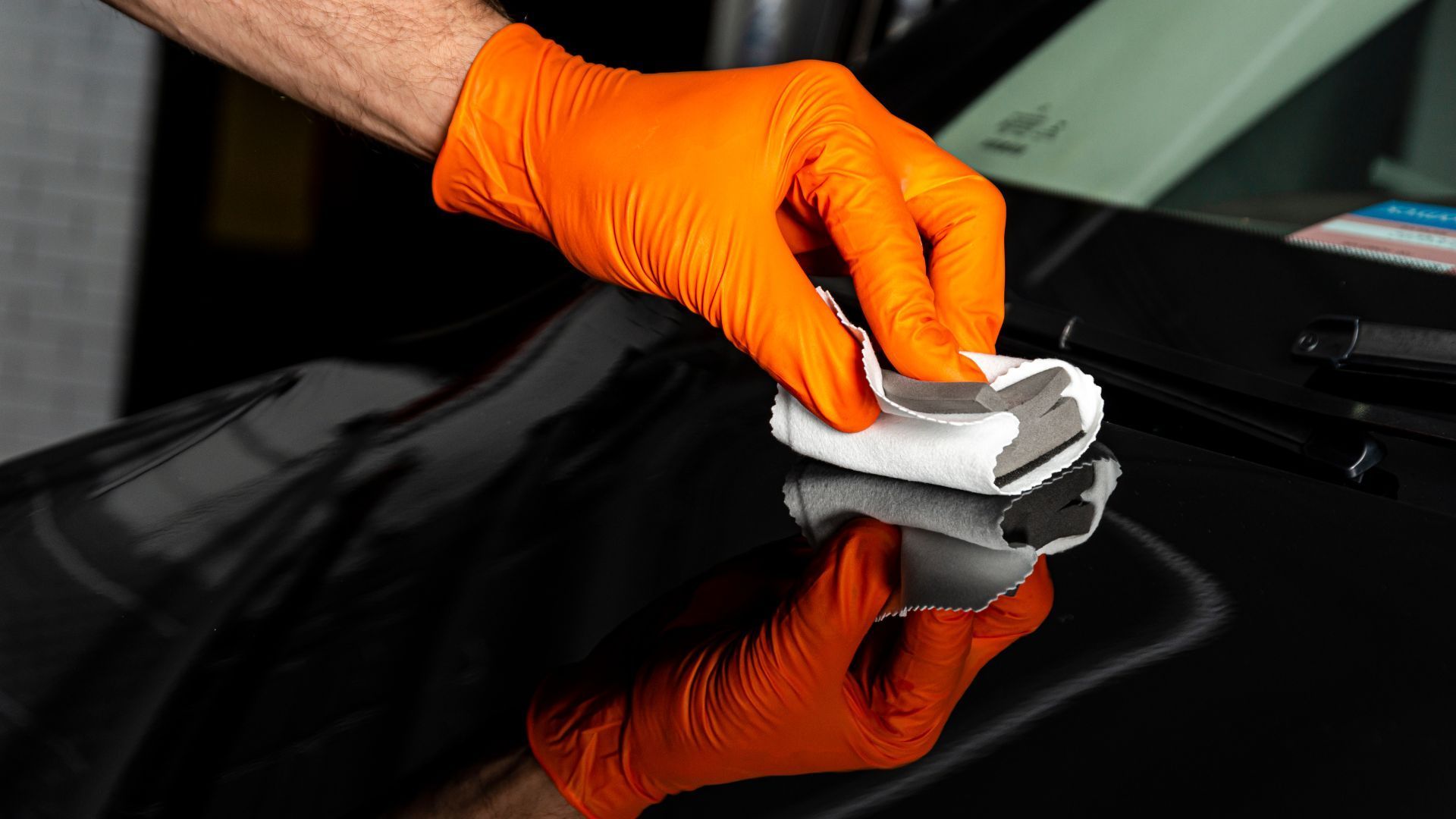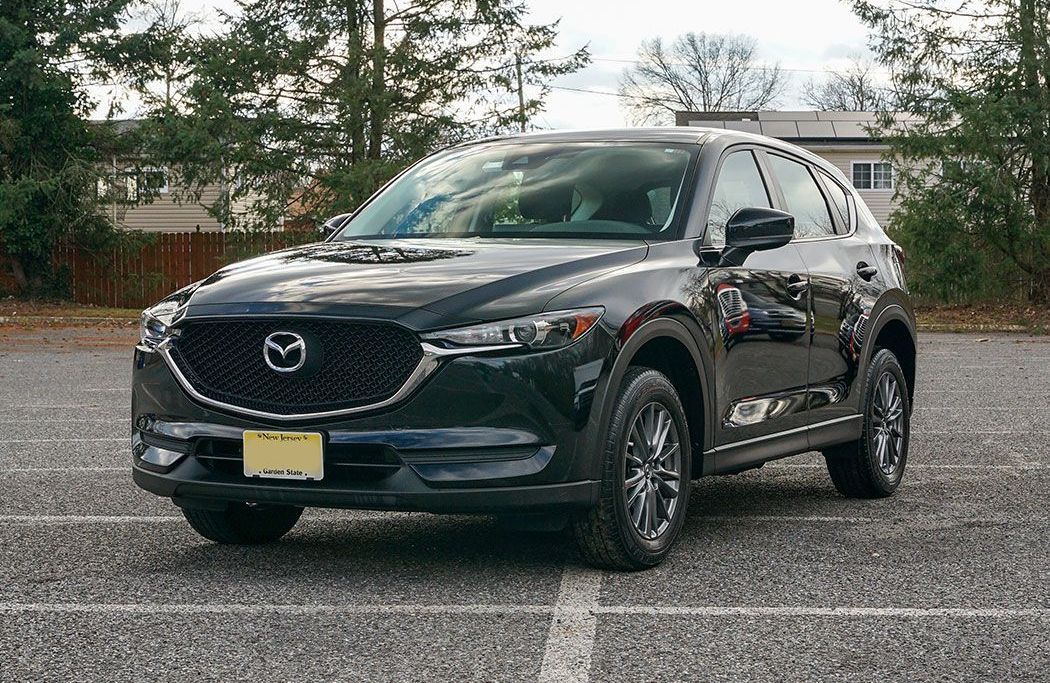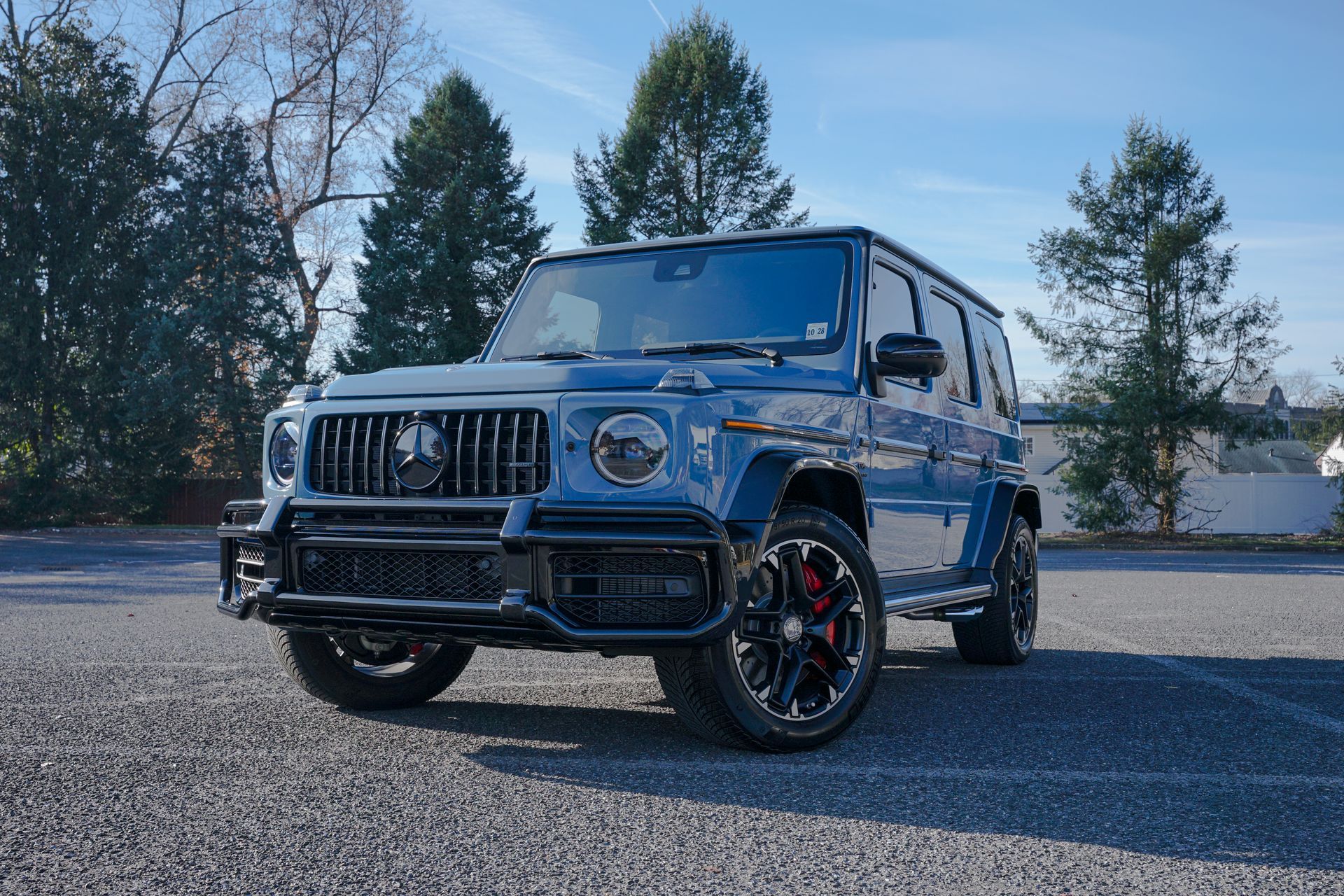Benefits of Paint Protection Film: Enhancing the Look and Durability of Your Car
Imagine cruising down the highway in your gleaming vehicle, turning heads and drawing admiring glances. The secret isn't a costly new paint job or a laborious weekly polishing routine; it's the advanced paint protection film. Built to shield, beautify, and preserve, PPF is revolutionizing car care in 2024. It has swiftly become an essential investment for discerning vehicle owners everywhere. Ready to take your car’s aesthetics and durability up a notch? Let's explore how PPF not only enhances your car's look but also armors it against time and elements.
Paint protection film enhances the look of your car by acting as an invisible barrier that protects against scratches, chips, and environmental damage. It maintains the aesthetics of your vehicle without altering its appearance. Additionally, PPF has self-healing properties that can repair minor scratches and swirl marks with heat, ensuring your car's paintwork remains smooth and refined.
What is Paint Protection Film (PPF)?
Paint protection film, or PPF, is a thermoplastic urethane film that serves as a shield for your car's exterior, protecting it from scratches, rock chips and other types of damage caused by daily driving. The film adheres to the car's surface seamlessly, creating a protective barrier that's virtually invisible when professionally installed.
PPF and Car Appearance Enhancement
One of the primary benefits of PPF is that it enhances the overall appearance of your vehicle. It provides an extra layer of protection against harmful UV rays, preventing paint fading, discoloration, and oxidation—all factors that can detract from the car's value and aesthetics over time. Modern PPF is highly durable, resistant to yellowing, cracking, and peeling over time. Additionally, paint protection film makes car maintenance easier by repelling dirt and grime while resisting staining. This means fewer trips to the car wash, saving you both time and money in the long run.
Customizable options are available for specific areas or full-body coverage as well. This means you can choose to focus on high-risk areas such as the hood, front fenders, and mirrors or opt for complete coverage, depending on your needs. Investing in PPF not only safeguards your original factory paint but also enhances the gloss and clarity of your vehicle's paintwork while minimizing imperfections. And should you decide to sell or trade-in, a well-maintained paint protection film is an attractive selling point that can increase resale value.
Aesthetic Qualities of PPF
The aesthetic factor is a crucial consideration when choosing a paint protection film for your car. The superior quality of modern PPFs ensures that there are no color mismatches, peeling, crinkling, or yellowing over time. High-end films have exceptional clarity and near-invisibility when blended into the car's paintwork. It means you can safeguard your car against chips and scratches without affecting its exterior appearance. In other words, PPF enhances the gloss and clarity of the car's paintwork while minimizing imperfections.
For instance, a high-end luxury vehicle has a unique shade of red to make it stand out. But imagine that this lustrous and rare hue has been ruined by scratches on the bumper or hood. It would cause significant distress to any owner; fortunately, PPF provides an excellent solution to these problems.
Self-Repairing Features
One of the most remarkable features of PPF is its self-healing properties. This innovation means that minor scratches and swirl marks caused by light impacts or abrasions from regular wear and tear can be repaired through exposure to heat. What's more, the film doesn't require any extra attention, as it naturally heals itself through sunlight or warm water. This capability is highly effective in maintaining your vehicle in excellent condition even during harsh road conditions.
In essence, as compared to traditional waxing procedures, which require frequent maintenance intervals, PPF requires little upkeep. It not only saves money but also provides a long-lasting solution that doesn't need to be renewed frequently. Its durability ensures that your vehicle remains in tip-top condition.
Installation Process for Paint Protection Film
Paint protection film (PPF) is an excellent investment for car owners seeking to enhance the aesthetics and durability of their vehicle's paintwork. However, installing it on your car can be a challenging task. PPF installation involves unique techniques like computer-cut templates to ensure precision fitting and edge-wrapped installation for seamless integration with the vehicle's bodywork. Installing PPF requires proficiency, knowledge, and attention to detail. The slightest error or deviation from the manufacturer's recommended guidelines could jeopardize the film's effectiveness.
Professional Installation Importance
Crucially, installation requires a high degree of skill and experience in working with PPF. It's tempting for some car owners to take the DIY route to save money, but such an undertaking typically leads to visible bubbles, ripples, or misaligned gaps. These deficiencies not only detract from your car's rating but also lessen the protective ability of the film itself.
Professional PPF installation guarantees that skilled and knowledgeable technicians install paint protection film correctly. This includes a thorough cleaning process to remove all contaminants before application as well as proper trimming to fit precisely around curves, edges, mirrors, lights and any other obstacle present on the vehicle surface. Moreover, professional installers will consider climate, humidity levels and weather patterns when scheduling an appointment to make sure everything goes smoothly without problems.
Long-term Benefits and Economic Savings of PPF
Investing in your vehicle is necessary to maintain its aesthetic appeal and durability. Paint protection film (PPF) offers long-term benefits and economic savings, making it a worthy investment for any car owner. Unlike traditional automotive paints that are vulnerable to UV rays, contaminants, environmental factors and wear and tear, PPF provides a protective layer to the paintwork. It acts as a barrier against chips, scratches, stains and fading. Beyond enhancing the look of your car, PPF ensures that excessive damage does not build up over time. With proper maintenance, this can extend the life of the original paint job, thereby increasing the longevity of your vehicle.
To put it into perspective, imagine two identical cars side by side. One has paint protection film, while the other doesn't. Over time, the uninsulated car takes in dirt, blemishing its original color and chips caused by stones or debris build up on its exterior surface. The insulated car with PPF remains relatively unscathed. With reduced exposure to these environmental threats, regular waxing is reduced since less oxidation happens on the original painted surface, saving money and time.
Preservation of Resale Value
As an asset-intensive purchase that incurs high levels of depreciation immediately after leaving the showroom floor, vehicles need all the help they can get to preserve their value. Hence, when considering selling your current vehicle some years down the road, noting things like whether or not there were physical changes to it, such as scratches, chips or dings, makes all the difference when it comes to pricing it for sale.
PPF is an excellent preservation tool since it helps prevent scratches and damage from stones, environmental factors, and day-to-day wear and tear. The film's ability to repair itself when exposed to mild scratches can help maintain the car's original condition, making it unnoticeable in the resale process. As such, vehicles with previously installed paint protection film tend to have a higher resale value compared to those without.
Moreover, PPF curbs the need to make more expensive repairs on the vehicle before selling it since you will have maintained the original factory finish. This will undoubtedly serve as motivation for potential buyers, resulting in a faster sale due to a vehicle that still looks new. All in all, it's evident that automotive paint protection film doesn't just improve the look of your car; it serves as a preservative extension for its original factory finish, thereby increasing longevity while preserving its resale value.
Top Paint Protection Film Experts in Voorhees, NJ
Secure your vehicle's impeccable finish with M&G Automotive Detailing, recognized as the
top paint protection film experts in Voorhees, NJ. With unparalleled expertise and a commitment to excellence, our skilled technicians specialize in precision installation of premium paint protection films designed to shield your car from chips, scratches, and environmental wear. Don't compromise on quality or aesthetic appeal; trust M&G Automotive Detailing's proven track record and dedication to customer satisfaction. Safeguard your investment and enjoy lasting peace of mind—schedule your paint protection film installation today and experience the ultimate protection that defines M&G Automotive Detailing!
